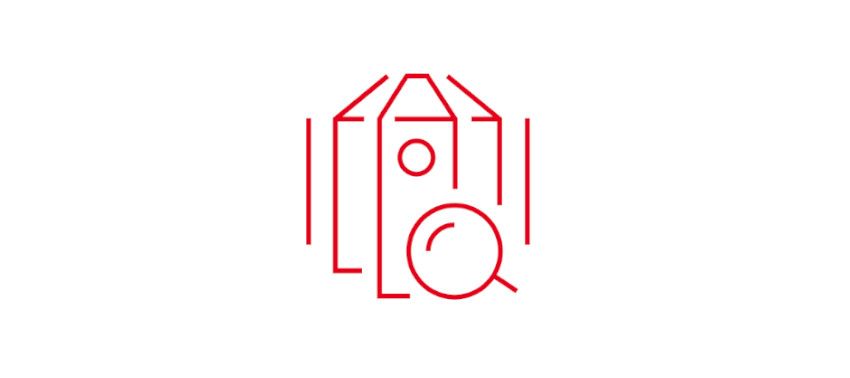Asbestos removal protection
Minimizing risk with the right protection
Asbestos is the common name for several naturally occurring fibrous silicate minerals. Asbestos fibers are very heat resistant and strong and were used for many years in thermal insulating materials such as laggings and coatings, floor tiles, roofing, asbestos cement products, electrical insulating materials as well as vehicle clutch and brake linings.
Though it’s largely prohibited from use, asbestos is highly dangerous and can still be found in many buildings and machines. Protective coveralls made of DuPont™ Tyvek® can provide durable, comfortable and robust protection against the many hazards of working with asbestos.
Understanding the dangers of asbestos
Since asbestos is a very friable material, microscopic fibers can release into the air in smaller or larger quantities. Inhalation of asbestos fibers can have serious health effects, including asbestosis, lung cancer and mesothelioma.
Building maintenance workers are at a high risk of contact with these fibers when working on insulation in buildings and industrial installations such as pipes, roofs, walls etc.
Mimimizing risk with the right protection
Before any work is done, a comprehensive risk assessment must be carried out, and preventive measures have to be established. Employers are required to provide the necessary organization of work, appropriate equipment (including suitable personal protective equipment), safe systems of work, training, information, and supervision. Suitable personal protective equipment in general includes respiratory equipment, coverall, gloves and safety boots.
Choosing the right protective apparel
To avoid cross contamination when working with asbestos, protective coveralls must provide a high barrier against airborne particles (Category III, Type 5), and meet the following general requirements:
• High particle barrier (material, seams)
• Smooth surface to prevent particles from adhering to the garment
• Tight fit at arm and leg openings (elasticated cuffs and ankles)
• Compatible with additional PPE (masks, goggles, gloves)
• Comfortable to wear, high freedom of movement
Protective coveralls made of DuPont™ Tyvek® such as Tyvek® 600 Plus and Tyvek® 500 Xpert provide an excellent barrier against airborne particles (Type 5).
When compared with other Type 5 suits made of Microporous Film (MPF) and SMS (Spunbond/Meltblown/Spunbond), Tyvek® coveralls show a significantly lower Average Total Inward Leakage (TILa) according to EN ISO 13982-2* with an average value of less than 1%. The Type 5 product standard allows for an inward leakage of up to 15% in 8 out of 10 suits tested.
Thanks to the unique non-woven structure of Tyvek®, which forms a durable barrier against airborne particles and many water-based inorganic chemicals, barrier performance will remain intact even if the outer layers become abraded in places. With MPF, the protective outer layer is easily damaged by abrasion, whereas the more open structure of SMS allows more particles to penetrate the garment.
Beyond its high abrasion and tear resistance, Tyvek® is also lightweight and soft, as well as permeable to both air and water vapor, providing a high level of wear comfort. Thanks to its smooth surface and antistatic treatment, Tyvek® prevents particles from adhering to the coverall.
Complete your chemical hazard protection
Tychem® gloves are part of a single system for complete on the job protection.
Tyvek® protective apparel
Tyvek® helps offer an ideal balance of protection, durability and comfort to employees in industrial applications and contamination control environments, including manufacturing, pharmaceutical, automotive and utilities.


